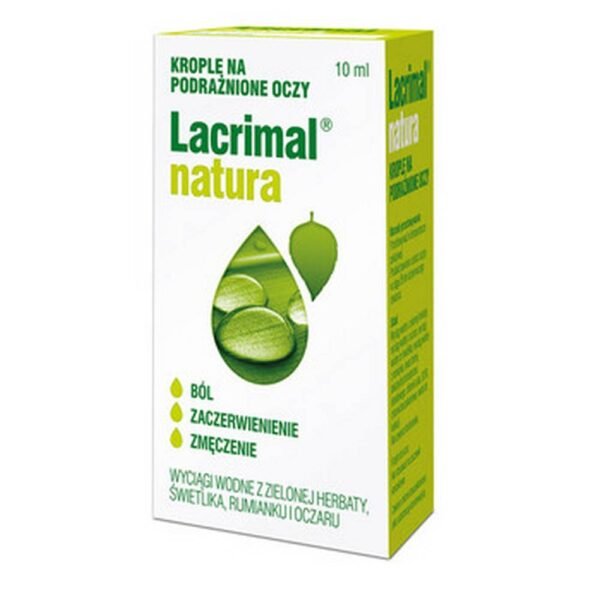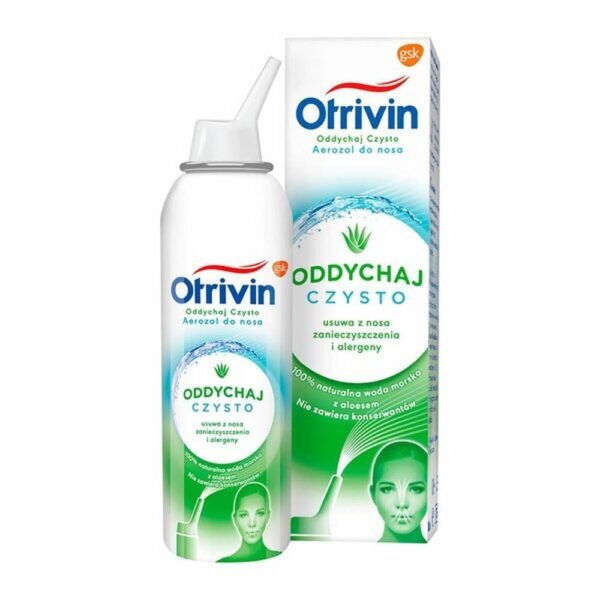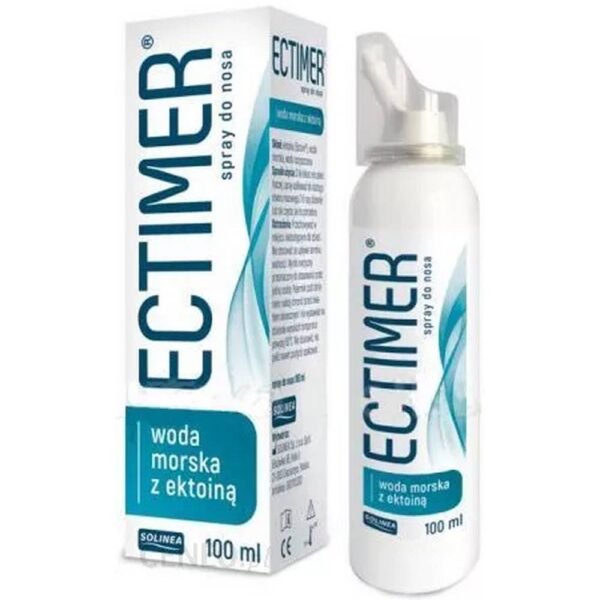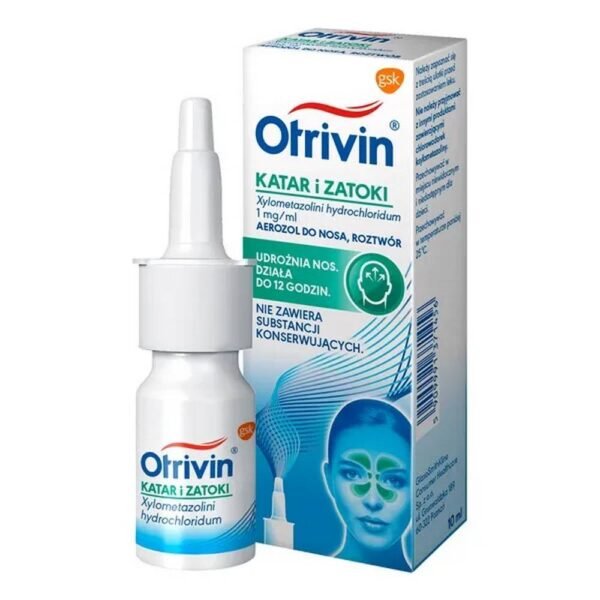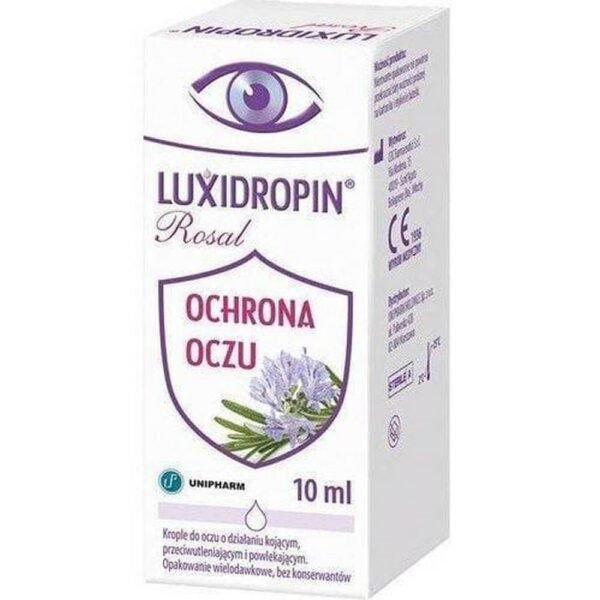Больные бронхиальной астмой должны находиться под тщательным наблюдением во время терапии, при возникновении бронхоспазма лечение необходимо немедленно прекратить. Муколитики могут вызывать бронхиальную обструкцию у детей младше 2 лет. Фактически дренажная способность бронхиальной слизи ограничена в этой возрастной группе в связи с физиологическими особенностями дыхательных путей. Поэтому их не следует применять у детей младше 2 лет. Особого внимания требует применение лекарственного средства у пациентов, страдающих язвенной болезнью или с язвенной болезнью в анамнезе, особенно в случае одновременного применения других лекарственных средств с известным желудочно-повреждающим действием. В случае диабетиков или тех, кто придерживается низкокалорийной диеты, следует иметь в виду, что препарат в пакетиках содержит сахар. В этих случаях можно использовать пакет в саше без сахара. Возможное присутствие сернистого запаха не указывает на изменение препарата, а характерно для содержащегося в нем активного ингредиента. Введение N-ацетилцистеина, особенно в начале лечения, может разжижать бронхиальный секрет и одновременно увеличивать его объем. Если пациент не может эффективно отхаркивать мокроту, следует использовать постуральный дренаж и бронхоаспирацию, чтобы избежать задержки секрета. Сироп содержит парагидроксибензоаты, которые могут вызывать отсроченные аллергические реакции и, реже, немедленные реакции с бронхоспазмом и крапивницей. Трансбуккальные таблетки и гранулы для перорального раствора без сахара содержат сорбитол, поэтому пациентам с редкой наследственной непереносимостью фруктозы не следует принимать это лекарство. Трансбуккальные таблетки и гранулы для приготовления раствора для приема внутрь без сахара содержат источник фенилаланина, который может быть опасен для пациентов с фенилкетонурией. Гранулы по 100 мг и 200 мг для приготовления раствора для приема внутрь содержат желтый закат (Е110), который может вызывать аллергические реакции. Гранулы для перорального раствора содержат сахарозу, поэтому пациентам с редкими наследственными проблемами непереносимости фруктозы, глюкозо-галактозной мальабсорбцией или недостаточностью сахаразы изомальтазы не следует принимать это лекарство. Гранулы для приготовления раствора для приема внутрь по 200 мг содержат 2,2 г сахарозы на пакетик, а гранулы для приготовления раствора для приема внутрь по 100 мг содержат 4,3 г сахарозы на пакетик, поэтому это следует учитывать у пациентов, страдающих сахарным диабетом. Таблетки, сироп 150 мл и сироп 200 мл содержат соответственно 26,9, 16,6 и 17,3 мг натрия. что необходимо учитывать в случае пациентов со сниженной функцией почек или тех, кто придерживается диеты с низким содержанием. натрий.
КАТЕГОРИЯ ФАРМАКОТЕРАПЕВТИЧЕСКИХ
Отхаркивающие средства, за исключением ассоциации с противокашлевыми средствами.
СПОСОБ ХРАНЕНИЯ
Пакетики с гранулами по 100 и 200 мг для приготовления раствора для приема внутрь, гранулы для приготовления раствора для приема внутрь без сахара по 200 мг и буккальные таблетки по 200 мг: хранить при температуре не выше 30° С.
Цена ФЛУИМУЦИЛ МУКОЛИТИКО 30 200 мг
КупитЬ ФЛУИМУЦИЛ МУКОЛИТИКО 30 200 мг
ФЛУИМУЦИЛ МУКОЛИТИКО 30 200 мг
FLUIMUCILE MUCOLITICO 30 200 mg
Patients with bronchial asthma should be closely monitored during therapy, if bronchospasm occurs, treatment should be stopped immediately. Mucolytics can cause bronchial obstruction in children under 2 years of age. In fact, the drainage capacity of bronchial mucus is limited in this age group due to the physiological characteristics of the respiratory tract. Therefore, they should not be used in children under 2 years of age. Particular attention should be paid to the use of the drug in patients suffering from or with a history of peptic ulcer, especially in the case of concomitant use of other drugs with a known gastro-damaging effect. In the case of diabetics or those who follow a low-calorie diet, it should be borne in mind that the drug in sachets contains sugar. In these cases, you can use the package in a sachet without sugar. The possible presence of a sulfurous odor does not indicate a change in the preparation, but is characteristic of the active ingredient contained in it. The introduction of N-acetylcysteine, especially at the beginning of treatment, can thin the bronchial secret and at the same time increase its volume. If the patient is unable to expectorate sputum effectively, postural drainage and bronchoaspiration should be used to avoid secretion retention. The syrup contains parahydroxybenzoates, which may cause delayed allergic reactions and, less commonly, immediate reactions with bronchospasm and urticaria. Buccal tablets and granules for oral solution without sugar contain sorbitol, so patients with rare hereditary fructose intolerance should not take this medicine. Buccal tablets and granules for oral solution without sugar contain a source of phenylalanine, which can be dangerous for patients with phenylketonuria. Granules of 100 mg and 200 mg for oral solution contain sunset yellow (E110), which can cause allergic reactions Granules for oral solution contain sucrose, so patients with rare hereditary problems of fructose intolerance, glucose-galactose malabsorption or sucrase-isomaltase deficiency should not take this medicine. The 200 mg oral solution granules contain 2.2 g sucrose per sachet and the 100 mg oral solution granules contain 4.3 g sucrose per sachet, so this should be taken into account in diabetic patients. Tablets, syrup 150 ml and syrup 200 ml contain respectively 26.9, 16.6 and 17.3 mg of sodium. which must be considered in the case of patients with reduced kidney function or those on a low diet. sodium.
CATEGORY OF PHARMACOTHERAPEUTIC.
Expectorants, except in association with antitussives.
STORAGE METHOD
Sachets of 100 and 200 mg granules for oral solution, 200 mg granules for oral solution without sugar and 200 mg buccal tablets: store at a temperature not exceeding 30 ° C.
Les patients souffrant d’asthme bronchique doivent être étroitement surveillés pendant le traitement. En cas de survenue d’un bronchospasme, le traitement doit être arrêté immédiatement. Les mucolytiques peuvent provoquer une obstruction bronchique chez les enfants de moins de 2 ans. En effet, la capacité de drainage du mucus bronchique est limitée dans cette tranche d’âge en raison des caractéristiques physiologiques des voies respiratoires. Par conséquent, ils ne doivent pas être utilisés chez les enfants de moins de 2 ans. Une attention particulière doit être portée à l’utilisation du médicament chez les patients souffrant ou ayant des antécédents d’ulcère peptique, en particulier en cas d’utilisation concomitante d’autres médicaments ayant un effet gastro-dommageable connu. Dans le cas des diabétiques ou de ceux qui suivent un régime hypocalorique, il convient de garder à l’esprit que le médicament en sachet contient du sucre. Dans ces cas, vous pouvez utiliser le conditionnement en sachet sans sucre. La présence éventuelle d’une odeur sulfureuse n’indique pas une modification de la préparation, mais est caractéristique du principe actif qu’elle contient.






